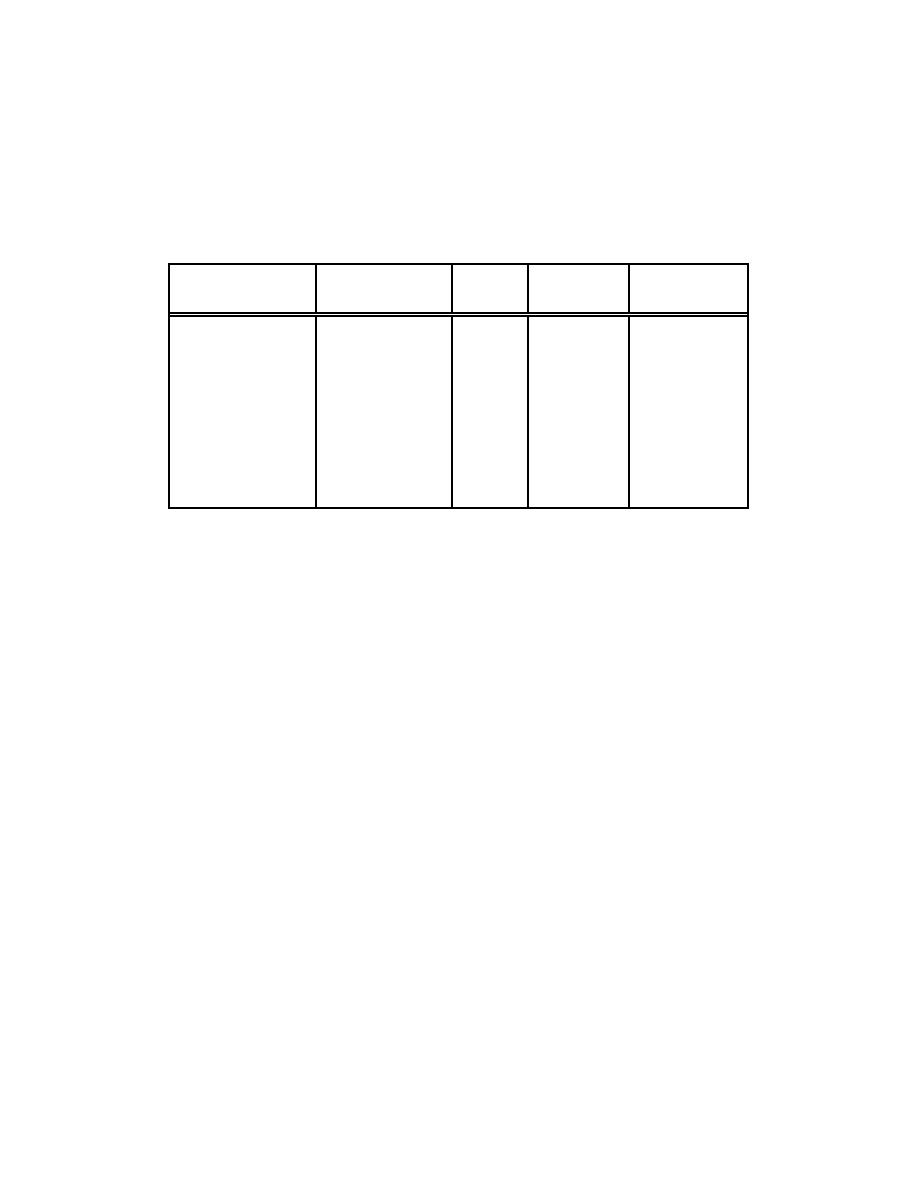 |
|||
|
|
|||
|
Page Title:
Table 3-2. Fractional Airborne Release During Heating of Pools of Dilute Plutonium Nitrate Solution - 90% Volume Reduction |
|
||
| ||||||||||
|
|  DOE-HDBK-3010-94
3.0 Liquids; Aqueous Solutions
Table 3-2. Fractional Airborne Release During Heating of Pools
of Dilute Plutonium Nitrate Solution - 90% Volum e Reduction
(Table II, M ishim a, Schwendim an, and Radasch, Novem ber 1968)
Average Hot Plate
Average Boil-Off
M inutes
Appearance
ARF
Tem perature, F
Rate, m l/m in
Heated
Surface
150
0.6
151
Simmering
4.5E-6
150
0.5
150
Simmering
1.3E-6
164
0.66
121
Disturbed
5.8E-5
175
0.73
124
Disturbed
2.4E-4
188
1.2
64
Disturbed
8.0E-5
190
0.9
80
Disturbed
8.4E-4
1.1E-3a,b
200
1.4
66
Boiling
1.8E-3a
218
1.4
63
Boiling
218
1.4
59
Boiling
3.0E-4
4.5E-7b
220
2.1
42
Boiling
a
Filter ruptured, estimate based on activity collected in acid washes of equipment downstream of
filter position.
b
Only 0.07 mg Pu used as source. No air sweep used during these experiments. ARF estimate
from activity collected in condensate.
conservative value for an RF of 1.0 is selected. The median value for the range of surface
disturbance levels is 6E-5 (6.4E-5 rounded off) with an average value of 7E-4.
The fraction of source material exiting the container and depositing nearby (fallout) ranged
from ~3E-8 during simmering to 1.7E-2 during boiling. This material is considered
generally indicative of the liquid ejected from the container but not airborne during such
event. As with the airborne materials, the fraction ejected will increase with the increase in
surface disturbance.
The data are limited for each type of heated liquid. The loss of the filters coupled with not
using air sweeps in two of the boiling experiments makes the data for that type of heating
especially uncertain. The surface of the heated liquid is recessed from the airflow and may
reduce the airborne material due to losses to the sides of the beaker prior to escape. The
configuration may be indicative of airborne release from heated liquids from the tops of
vessels. These types of considerations are why the higher values obtained are selected, even
though they represent overestimates to some degree due to equipment failure and are
considered excessive for the experimental configuration. The liquids are very dilute aqueous
solutions and should bound other more viscous liquids or those with greater surface tension.
Page 3-14
|
|
Privacy Statement - Press Release - Copyright Information. - Contact Us |